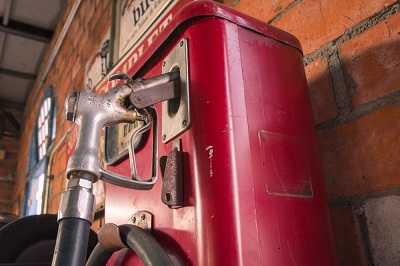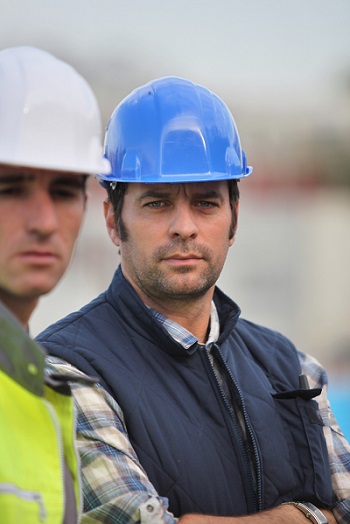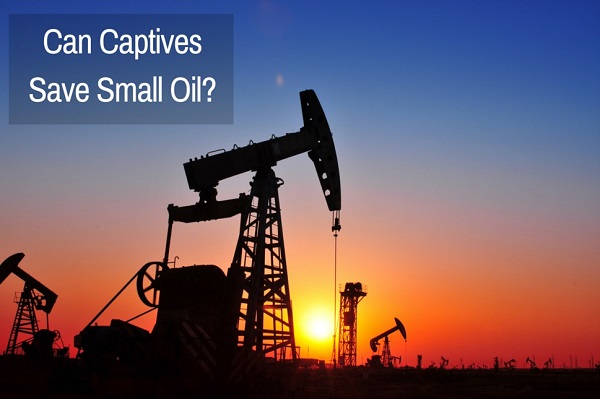It was something of an amazing feat. In the U.S., the average price of gasoline went from $3.70 per gallon down to less than $2.00 per gallon in the course of three months at the end of 2014. In the new year, the trend continues, putting both big oil and gas companies and private contenders on notice.
Industry experts report that the recent drop in oil prices is due to new drilling projects in the Gulf of Mexico and technologies, such as hydraulic fracturing, or "fracking,” which has increased the amount of domestically-produced oil. As a result, oil prices slumped nearly 60 percent since peaking in June 2014, driven lower by ample supplies from the U.S. shale oil boom and the Organization of the Petroleum Exporting Countries' decision not to cut output (Reuters).
 Undeniably, consumers have been breathing easier, as they can fill up their tanks without the ever-so-familiar pain at the pump. On the flip side, oil and gas producers and their service providers are reeling.
Undeniably, consumers have been breathing easier, as they can fill up their tanks without the ever-so-familiar pain at the pump. On the flip side, oil and gas producers and their service providers are reeling.
The big publicly-traded energy service companies such as Baker Hughes, Halliburton, and Schlumberger are set to lay off more than 20,000 workers in the wake of the industry slowdown. The negative impact on 2015 revenues may be on par with the rig count reductions, plus an additional amount due to its customers having pricing negotiating power due to lower demand for oil equipment and services (Seeking Alpha). It’s enough to make any investor take a closer look at the viability of their portfolio.
But what of privately-owned, closely-held businesses? What could become of the thousands of smaller operations that support the oil and gas industry in states such as Texas and North Dakota?--the pipe suppliers, the exploratory upstream drilling companies, the oilfield services, the refining work…
State legislators in North Dakota project that oil and gas tax revenues will drop over $4 billion over the next two years because of sagging crude prices. Pennsylvania Governor Tom Wolf barred new oil and gas drilling leases in parks and forests in his state. In other news, the Obama administration decided not to open any areas off Florida's coast to oil and gas drilling as part of its draft five-year plan, as of January 2015. The plan covers federal oil and gas leases for the Outer Continental Shelf from 2017 through 2022 (Florida Today).
Bottom line: more than 20,000 small and midsize closely-held firms currently drive the "hydrocarbon revolution" in the United States and the stakes have never been higher for these businesses, as the industry works to stabilize. Oil and gas producers and service providers are contending with fluctuating industry winds.
Oil, Gas, and Captive Insurance
Large oil and gas companies with significant operational risks have leveraged captive insurance to insure against potential losses. These larger companies would be able to write broader coverages under the captive providing tailored insurance and business benefits. These specific coverages may have been unavailable or too expensive in the conventional market.
Under Internal Revenue Code 831(b), smaller, middle market oil and gas companies can form captive insurance companies of their own, combating potential losses from catastrophes and other perils.
The Protection of Oil and Gas
It is up to business owners to successfully navigate past the potential pitfalls of relying on insurance coverages that may carry erroneous exclusions. Although the oil and gas industry has been historically volatile, the current industry climate could have devastating effects on midmarket energy-related businesses. Businesses that develop subsea technology, flow equipment, valve equipment and other raw materials could find themselves in the throes of the downturn, should the trend continue. With the availability of alternative risk planning solutions such as captive insurance, midmarket companies have an opportunity to take a more proactive approach in covering potential losses. By forming a captive insurance company, risks such as business interruption or loss of a key employee, could be mitigated with a more comprehensive policy.
 Cushioning the Blow with Tailored Coverages
Cushioning the Blow with Tailored Coverages
Businesses in high-risk industries, such as construction, manufacturing, and transportation are likely to have some risks that go uncovered, due to unavailable or overly expensive coverages in the conventional market. For oil and gas producers and service providers in the “black gold” industry, the operational risks stemming from market fluctuations resulting from a natural disaster or political unrest are front and center.
The many businesses working to support the industry are having a difficult time renewing contracts with their larger clients, as the price of oil continues to decline. Also, the potential loss of market resulting from a fortuitous event such as a natural disaster, trade embargo, or fallout from war is a reality for most organizations that work in this industry. Specialized coverages addressing potential losses could be written under a captive and potentially cushion the blow for vulnerable midmarket organizations.
Additionally, business benefits such as the ability for the captive to provide secured loans back to the operating company, could help business owners combat roadblocks in business operations, such as the inability to make payroll or the inability to purchase equipment.
Coverage for loss of a major customer is a type of specialized coverage that can be written under a captive insurance company. Others include loss of a major supplier, regulatory changes, loss of services, and expense reimbursement. These types of coverages cannot prevent certain losses from occurring, but they can effectively counteract the financial and operational blowback of business interruption or slowdown. Given: domestic oil production has increased every year since 2008, which has contributed to a growing world supply. American refineries are buying fewer barrels of more expensive foreign crudes, but the market is still there. So is the risk.
Oil and gas companies conducting business overseas may be subject to foreign political risk, a category of international risk relating to a governmental authority which could impact operations. Companies could have significant risks from exposures such as government interference, nationalization and selective discrimination, embargo/blockages, unilateral termination of contracts by a government, and cancellation of authority to conduct business in a certain jurisdiction.
So the question remains—could a captive keep your closely-held oil and gas business above water in the uncertain marketplace? It’s a question that should be explored by individual businesses, taking into account their specific risks. Capstone is committed to exploring risk factors by way of in-depth, objective feasibility studies. Contact us at WEB_TEL or fill out our contact form on the top right to learn more.




